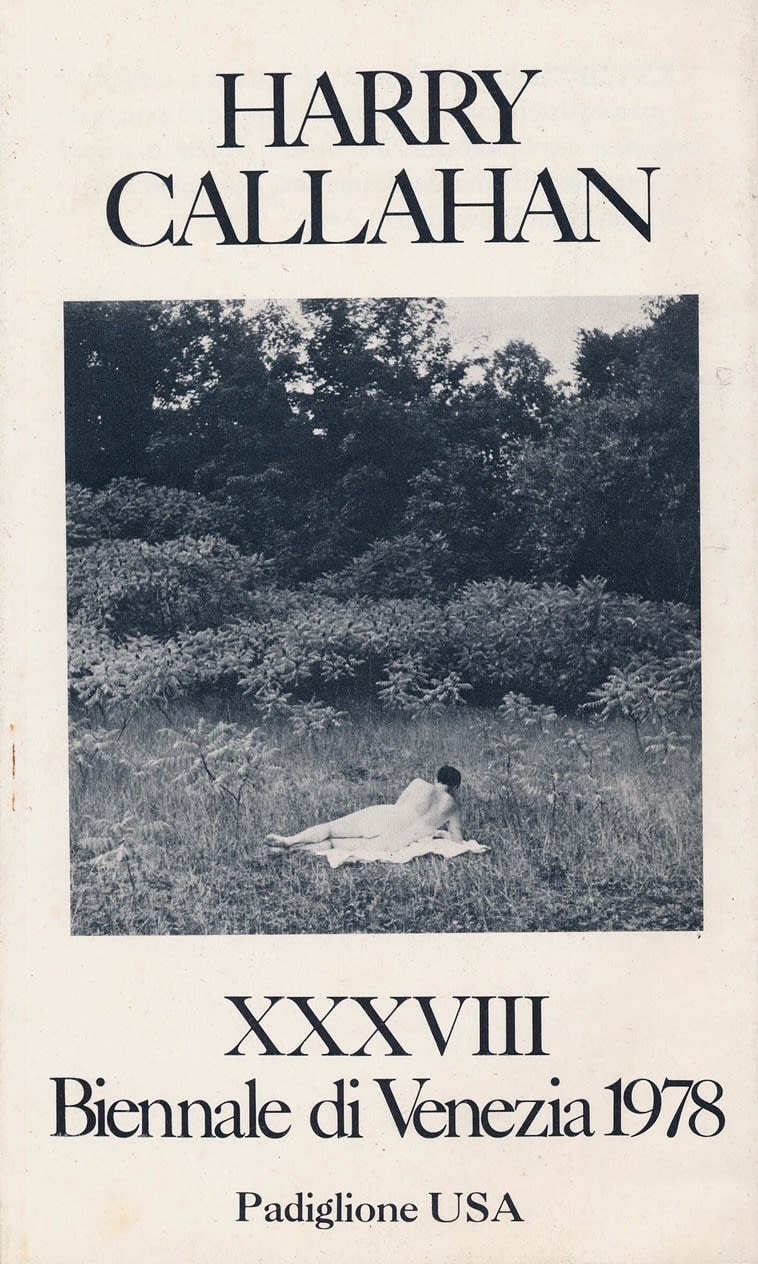Jo Spence
Remodelling Photo History (Industrialization), 1982
Vintage Gelatin Silver Print
Series: 2. The History Lesson: Self as Image, Also Known as Remodelling Photo History (1982-83)
10375
Further images
Provenance
Jo Spence Memorial ArchiveRichard Saltoun Gallery, London
Exhibitions
Creating the Countryside: 1600-2017, Compton Verney Art Gallery and Park, 2017 (This print)A Green and Pleasant Land: Landscape and the imagination, 1970-now, Towner Art Gallery, Eastbourne, 2017-18 (This print)
Jo Spence : from Fairy Tales to Phototherapy. Photographs from the Hyman Collection, Arnolfini Bristol, (18th May 2020 - 20th June 2021) (this print)
Creating the Countryside: 1600-2017, Compton Verney Art Gallery and Park, 18 March - 18 June 2017
Literature
Jo Spence, Putting myself in the picture: A political, personal, and photographic autobiography, 1986, p.122Ed. Verity Elson & Rosemary Shirley, Creating the Countryside: The Rural Idyll Past and Present, Paul Holberton Publishing, 2017, frontispiece
Jo Spence. Collaboration with Terry Dennett Stamped Photography Workshop and annotated verso Remodelling Photohistory addresses key moments in photographic history through the appropriation of different genres and styles. In the...
Jo Spence. Collaboration with Terry Dennett
Stamped Photography Workshop and annotated verso
Remodelling Photohistory addresses key moments in photographic history through the appropriation of different genres and styles. In the present work Spence takes on the role of Harry Callahan's muse, his wife Eleanor. The choice is appropriate given the status of these pictures as icons of American modernism and the fact that in 1978 Callahan had made photographic history by being the first photographer to be given a solo show in the American Pavilion at the Venice Biennale. A directly comarable photograph by Callahan was used as the catalogue cover and for publicity.
This series coms at a seminal moment in Spence's career in which she began to foreground herselfd in her work. Terry Dennett in a recent interview recalls that this use of Spence herself as the subject coincided directly with their discovery of the work of F Holland Day, who used himself as the protagonist in his most famous work showing the suffering of Christ. Formally, the present work also echoes a number of Holland Day's works in which figures are shown in nature such as Nude Woman Lying on a Leopard Hide near Bushes of 1902.
When the Victoria and Albert Museum acquired a print of this work in 1990, Spence and Dennet explained its origins: "This photo work is an exploration of our attempts to work through ways of 'making strange' the everyday, normalized, institutional practices and codes of photography: re-ordered, re-modelled, re-invented, so that their commonsense meanings become disrupted. We are not trying to show familiar objects in unfamiliar ways, but rather to denaturalize the genres of photography which already consist of fully coded visual signs. Much of our thinking on this has been influenced by reading and seeing the work of Brecht, and by the writings of Augusto Boal in THEATRE OF THE OPPRESSED (Published by Pluto Press, 1979). What we finally hit upon as a working method was a form of photo-theatre. Here we could use non naturalistic modes of representation which allowed us to stage and create a kind of hybrid 'spectacle' whilst drawing upon and disrupting well known genres of photography which have been concerned with the representation of aspects of the female body. In order to do this we have used ourselves both as social actors and as photographers because we wanted to problematize and re-work the model/photographer relationship which is generally so one-sided."
British Photography / The Hyman Collection.
Stamped Photography Workshop and annotated verso
Remodelling Photohistory addresses key moments in photographic history through the appropriation of different genres and styles. In the present work Spence takes on the role of Harry Callahan's muse, his wife Eleanor. The choice is appropriate given the status of these pictures as icons of American modernism and the fact that in 1978 Callahan had made photographic history by being the first photographer to be given a solo show in the American Pavilion at the Venice Biennale. A directly comarable photograph by Callahan was used as the catalogue cover and for publicity.
This series coms at a seminal moment in Spence's career in which she began to foreground herselfd in her work. Terry Dennett in a recent interview recalls that this use of Spence herself as the subject coincided directly with their discovery of the work of F Holland Day, who used himself as the protagonist in his most famous work showing the suffering of Christ. Formally, the present work also echoes a number of Holland Day's works in which figures are shown in nature such as Nude Woman Lying on a Leopard Hide near Bushes of 1902.
When the Victoria and Albert Museum acquired a print of this work in 1990, Spence and Dennet explained its origins: "This photo work is an exploration of our attempts to work through ways of 'making strange' the everyday, normalized, institutional practices and codes of photography: re-ordered, re-modelled, re-invented, so that their commonsense meanings become disrupted. We are not trying to show familiar objects in unfamiliar ways, but rather to denaturalize the genres of photography which already consist of fully coded visual signs. Much of our thinking on this has been influenced by reading and seeing the work of Brecht, and by the writings of Augusto Boal in THEATRE OF THE OPPRESSED (Published by Pluto Press, 1979). What we finally hit upon as a working method was a form of photo-theatre. Here we could use non naturalistic modes of representation which allowed us to stage and create a kind of hybrid 'spectacle' whilst drawing upon and disrupting well known genres of photography which have been concerned with the representation of aspects of the female body. In order to do this we have used ourselves both as social actors and as photographers because we wanted to problematize and re-work the model/photographer relationship which is generally so one-sided."
British Photography / The Hyman Collection.





